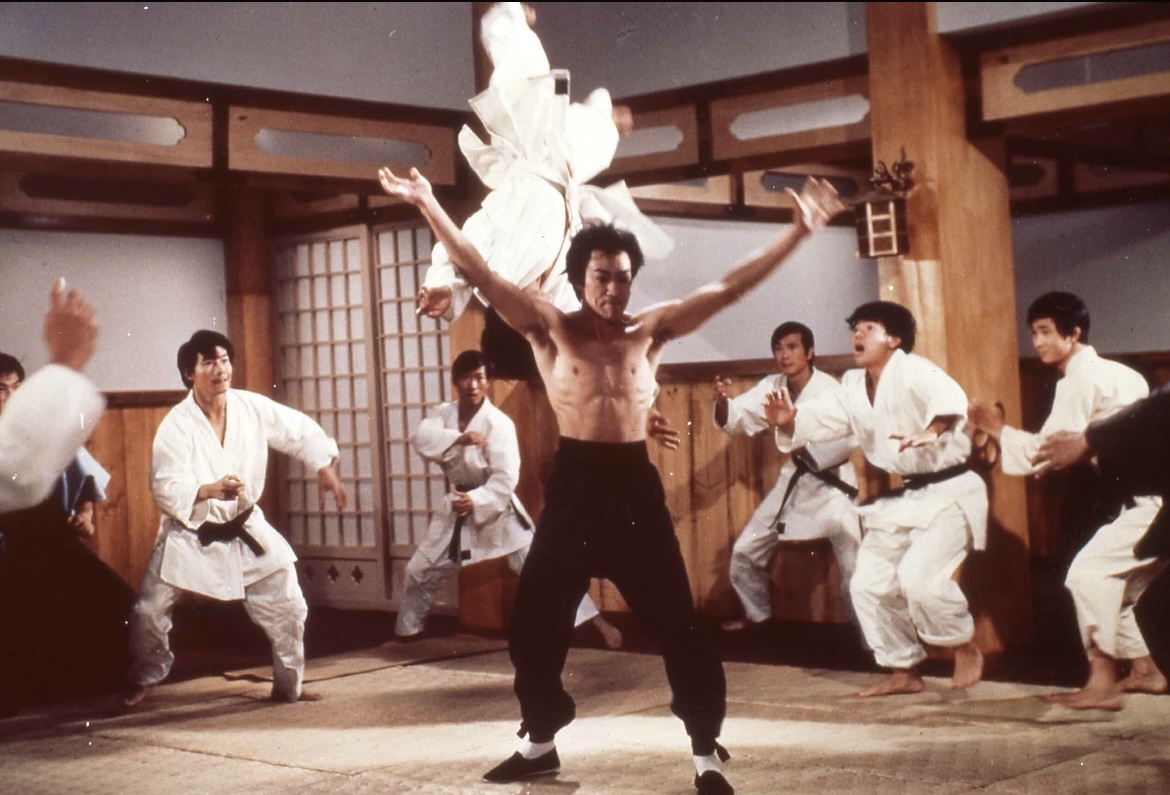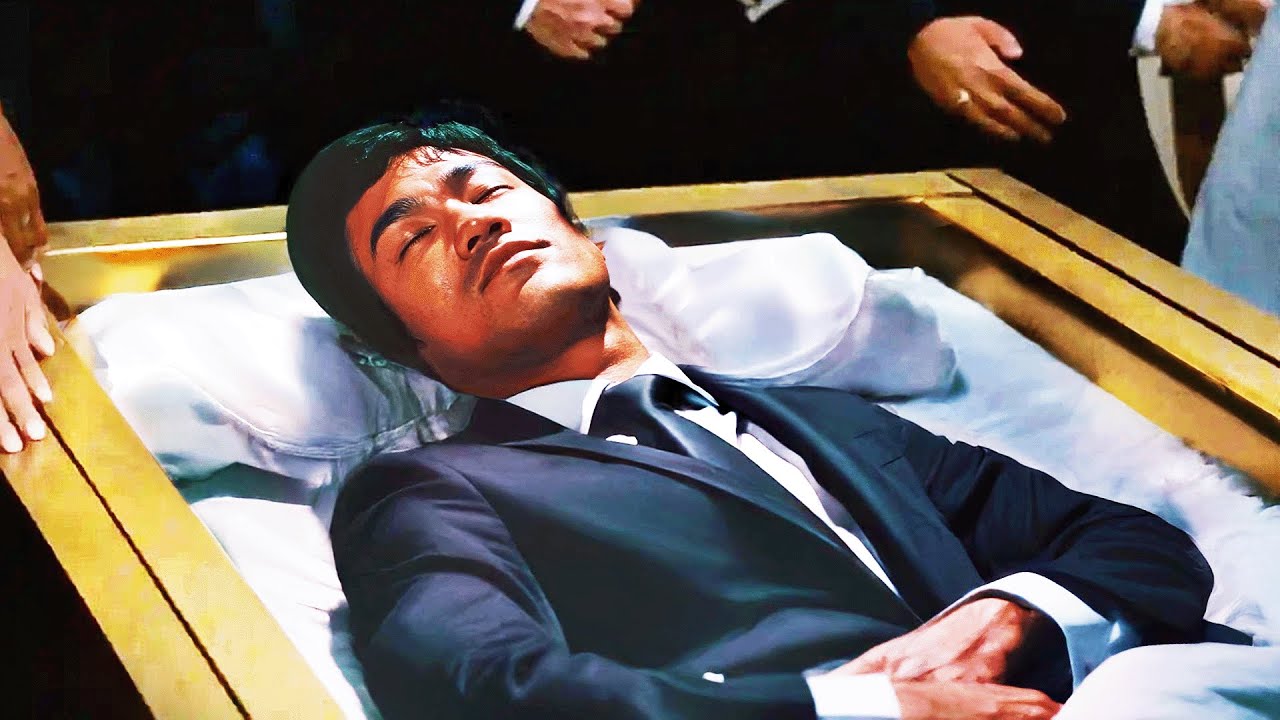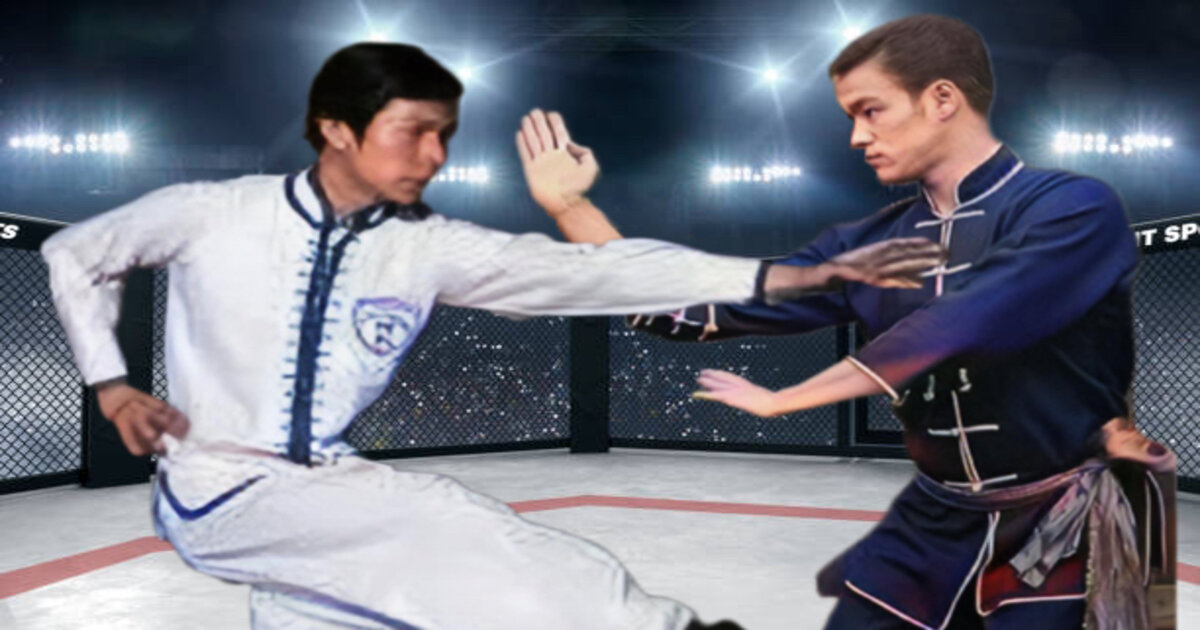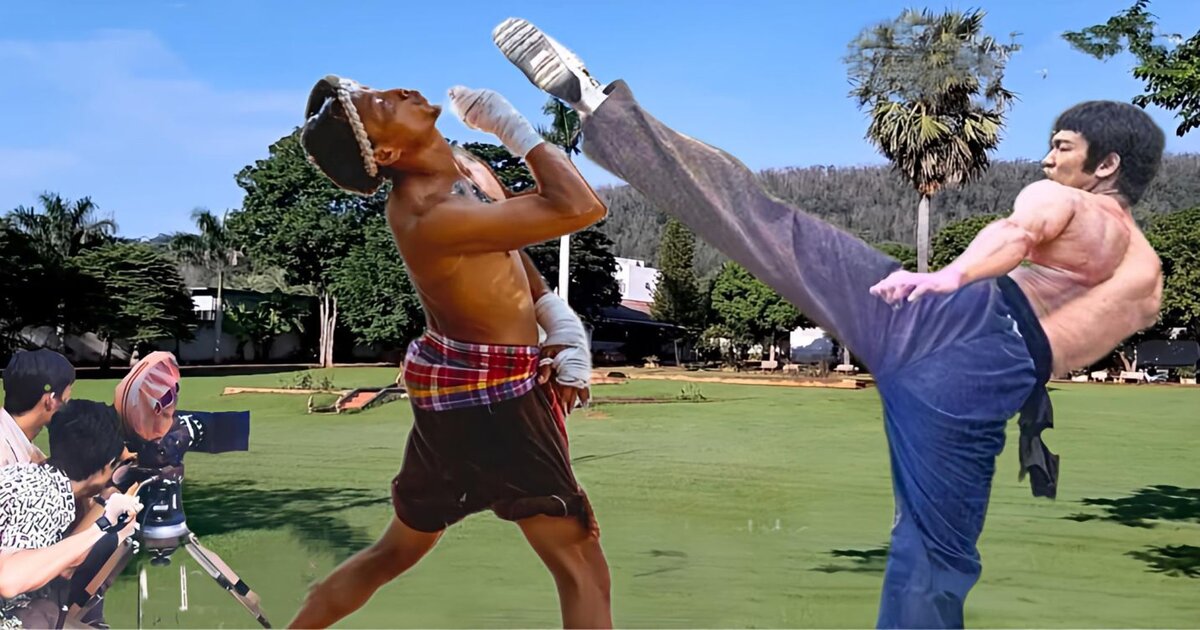
Over half a century ago, the world was left in mourning after the sudden death of Bruce Lee, a martial arts legend and cultural icon. His passing at just 32 years old shocked fans and peers alike, cutting short a revolutionary career that had only just begun to reshape global perceptions of martial arts and Asian identity. Since that tragic day in 1973, countless admirers have visited his final resting place in Seattle. What was once a peaceful tribute has recently become the subject of renewed global attention. A maintenance inspection of Bruce Lee’s tomb unveiled discoveries that reignited public fascination and revealed layers of his life and legacy that had long remained hidden.

A Warrior’s Origins
Bruce Lee was born in San Francisco’s Chinatown in 1940 during his father’s U.S. opera tour, and his Chinese name, Lee Jun-fan, symbolized his recurring role in challenging limitations. Raised in Hong Kong, Bruce’s youth was shaped by both privilege and street struggles, often clashing with neighborhood gangs. Seeking direction, he began training under Wing Chun master Ip Man, learning not only how to fight, but how to think with clarity and purpose. These teachings laid the philosophical groundwork for what would become his own martial arts philosophy. Although his family background afforded him opportunities, it was his grit and resilience that truly defined his path. Bruce’s ability to blend intellect with physical discipline made him unlike any fighter of his time. These early years formed the foundation of a global legend.

Breaking Barriers in America
At 18, Bruce returned to the United States, determined to share his knowledge and challenge traditional norms. In Seattle, he opened his first martial arts school to students of all races, defying widespread customs that limited instruction to Chinese individuals only. One of his first students was Jesse Glover, followed by Linda Emery, who would later become his wife. Bruce’s dynamic teaching style attracted students from diverse backgrounds, signaling the start of his journey toward greater influence. His approach emphasized practical combat over tradition, and his charisma made him a standout figure even outside martial arts circles. As his reputation grew, so did Hollywood’s interest. His ambition was no longer just to teach—it was to inspire globally through storytelling and action.

From Instructor to Icon
Bruce Lee’s first breakthrough came when he performed at a martial arts demonstration in Long Beach, catching the attention of Hollywood producers. He was cast as Kato in The Green Hornet, a role that introduced him to American audiences and showcased his physical brilliance. Though the show only lasted one season, Lee’s performance was unforgettable, especially in Asian countries where the show was dubbed “The Kato Show.” Frustrated with Hollywood’s typecasting and lack of serious roles for Asians, Bruce returned to Hong Kong to pursue his vision. There, he produced and starred in films like The Big Boss and Fist of Fury, smashing box office records and reshaping martial arts cinema. His philosophy of personal freedom and authenticity resonated across cultures. Bruce was no longer just a fighter—he had become a symbol of empowerment and transformation.

A Mysterious Departure
Bruce Lee’s sudden death on July 20, 1973, stunned the world. Found unconscious in the apartment of actress Betty Ting Pei, he was pronounced dead from cerebral edema, though questions and rumors soon followed. Theories of allergic reactions, foul play, or spiritual causes circulated for decades. Regardless of the mystery, the world had lost a once-in-a-generation force. His passing felt not just like the end of a life, but the interruption of a movement. The legacy he left behind seemed frozen in time, full of unfulfilled potential. His wife Linda chose Seattle for his burial, the city where their journey began.

The Eternal Tomb
Bruce Lee was laid to rest at Lake View Cemetery in Seattle, surrounded by close friends and family in a modest but deeply meaningful ceremony. Pallbearers included Hollywood stars like James Coburn and Steve McQueen, both students of Bruce who helped carry their teacher one final time. Over the years, the site transformed into a global shrine, with admirers leaving flowers, letters, and mementos. A granite tombstone inscribed with his famous quote, “The key to immortality is first living a life worth remembering,” marked his grave. The space also welcomed Brandon Lee, Bruce’s son, who tragically died on the set of The Crow in 1993. Their side-by-side burial grounds became a symbol of generational brilliance and loss. Pilgrims from all over the world continued to visit, drawn by inspiration and sorrow alike.

A Legacy of Change
Though Bruce Lee is primarily known for his martial arts and film work, his contributions to social progress were equally transformative. During a period of racial division, he boldly welcomed students of all ethnicities, using martial arts as a way to bridge cultures. He rejected stereotypical film roles, advocating for authentic portrayals of Asian identity. Bruce mentored African-American athletes and celebrities, including Kareem Abdul-Jabbar, whom he also cast in Game of Death. His presence on American television broke ground for future generations of Asian actors. More than just a martial artist, Bruce became a cultural unifier. He proved that the fight for respect could happen both on-screen and off.

The Philosopher and Innovator
Bruce Lee’s influence extended far beyond his physical feats. A deep thinker, he built a personal library of books on psychology, philosophy, and human anatomy, which informed his teachings. He was one of the earliest proponents of cross-training, blending strength, speed, and endurance into martial arts long before MMA existed. His mantra—”absorb what is useful, reject what is useless, add what is essentially your own”—remains a guiding principle in martial arts and self-growth. Lee’s personal discipline and constant evolution became a lifestyle philosophy for millions. He emphasized self-expression over imitation, encouraging others to develop their own style. In this way, Bruce became not just a teacher of combat, but a teacher of life.

The Tomb Revisited
In 2025, more than 50 years after Bruce Lee’s burial, Seattle authorities requested permission from Linda Lee Cadwell to perform structural maintenance on the tomb. She agreed, honoring Bruce’s spirit of cooperation and respect for the city they loved. A specialized team was assembled to carry out the delicate operation with cultural sensitivity and technical precision. What they discovered astounded them: the tomb and its contents were remarkably preserved, untouched by time. Among the artifacts were Bruce’s original nunchaku, his Wing Chun manuals, and heartfelt letters from Linda and others. One particular letter, sealed with red wax and marked by twin dragons, was a final message from Bruce himself—urging future generations to seek their own path and remain fluid like water. The find reignited interest in Bruce’s legacy, as fans around the world marveled at the timeless wisdom he had left behind.

The re-opening of Bruce Lee’s tomb didn’t just offer historical insight—it reconnected the world with the heart of a visionary. Decades after his death, Bruce’s life continues to inspire across generations and cultures. His teachings remain as relevant today as they were in the 1970s. Through his films, writings, and philosophy, he challenged limitations and invited others to do the same. In rediscovering his resting place, we were reminded that legends like Bruce Lee never truly fade.








